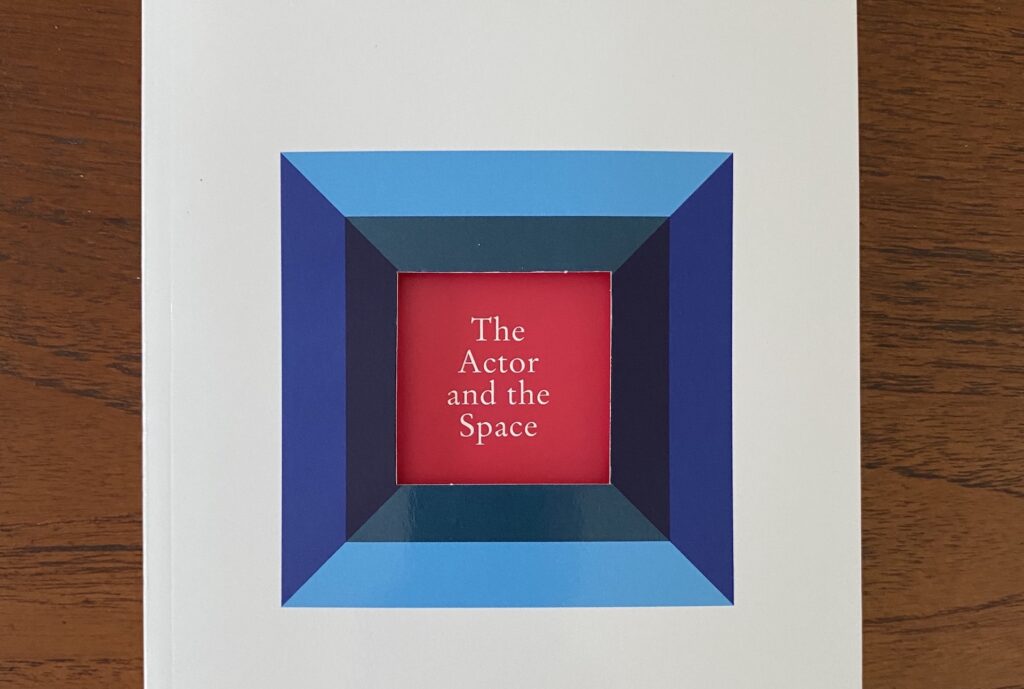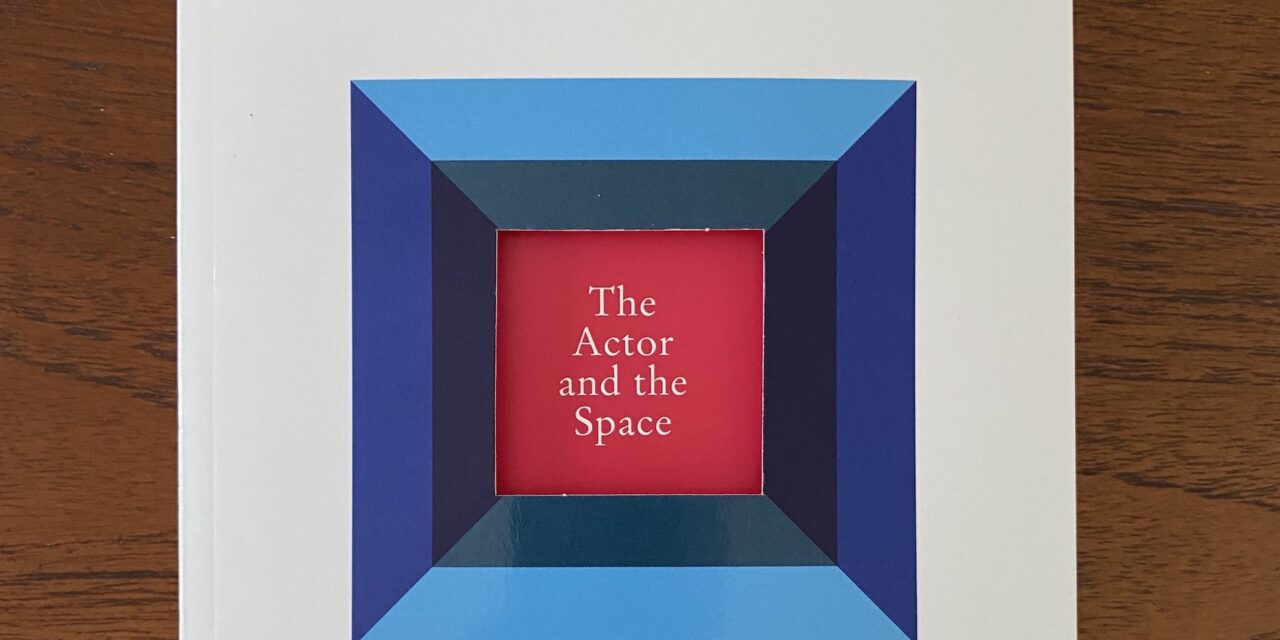
‘The Actor and the Space’
by Declan Donnellan
Nick Hern Books 2024
Reviewed by Graham Wyles
The art of acting is notoriously difficult to pin down to a set of principles or techniques, each actor having their own particular take on what it is they do, whether it is a (or the) method, or some esoteric psychological process. Again it has been described as a kind of trick, not in the cheap stratagem sense, but rather that of a mental adjustment which some say is when you stop trying to be a character and somehow are. Donnellan characterizes this latter as acting getting in the way of being.
There is clearly no ‘one size fits all’ in terms or technique, which is something Donnellan is at pains to point out early in the book. To use a cooking metaphor he is clear that he is not offering actors a recipe book, rather a list of cooks’ ingredients which they may choose to use according to taste.
Central to his list of ingredients is, as the title of the book suggests, the notion of ‘the space’ – a rather nebulous term which the book attempts to define by extension. If one were to sum it up in one sentence it would be: everything that can affect and effect the actor and the character as they build a role during rehearsal, both internal and external. What he comes up with is an intellectual check-list of possible angles from which to approach a role. In doing so he gives a useful insight into the kind of considerations actors might make use of, some of which might seem counter-intuitive. For example, he suggests that rather than asking what a character wants, the actor might consider what the character is trying to avoid, how is he reacting to and influencing the space to achieve this.
Given the weight he gives to the creation of the space it is a little surprising he pays little or no attention to the role of the director in creating either the space or the conditions in which it can be made. He claims for example that, “The more dangerous and dynamic the space, the more alive the actor will become.” Arguably these are both conditions that are largely set by the director. Again, little consideration is given to the role of the audience in creating the space during performance. What he does touch on is human psychology, some philosophy and, what is clear from every page, a wealth of experience. Truth and realism are rejected as slippery and subjective concepts in so far as the actor uses them as an objective. The quest for truth is something he is happy to leave to the audience.
For Donnellan the trick of acting is to be at one with the space, to make the mental adjustment that takes the performer out of the (often Victorian) theatre and into the world imagined by the playwright. This very readable book, which is structured around a rehearsal of Macbeth, is replete with ideas for helping create the fertile space needed during rehearsals and will be welcomed not only by actors and directors alike, but also by the theater going public who might be interested in what goes on ‘under the bonnet’ as a script becomes a living thing on a stage with the potential to move and delight.
Graham Wyles, May 2024


